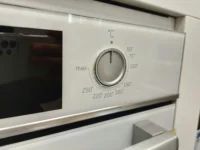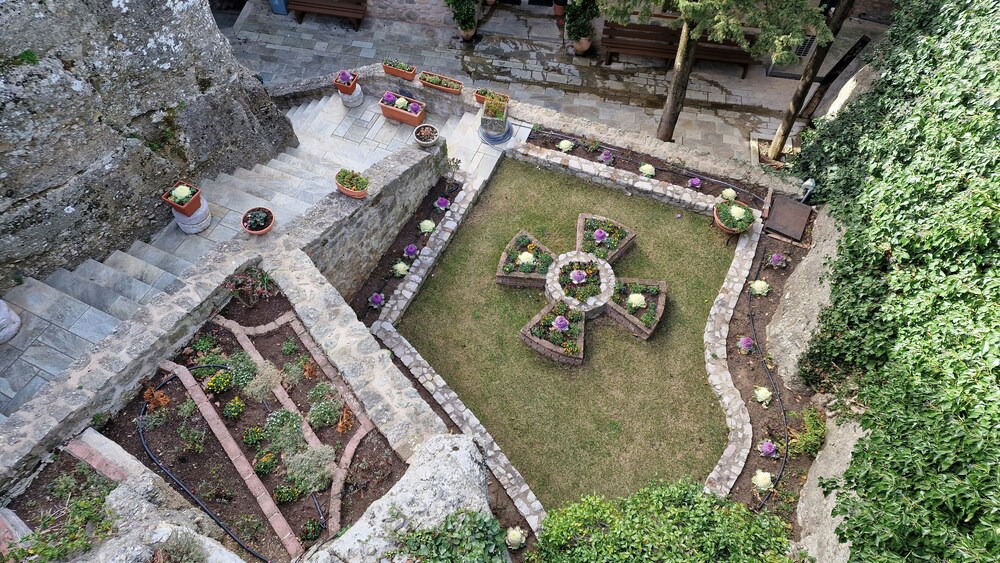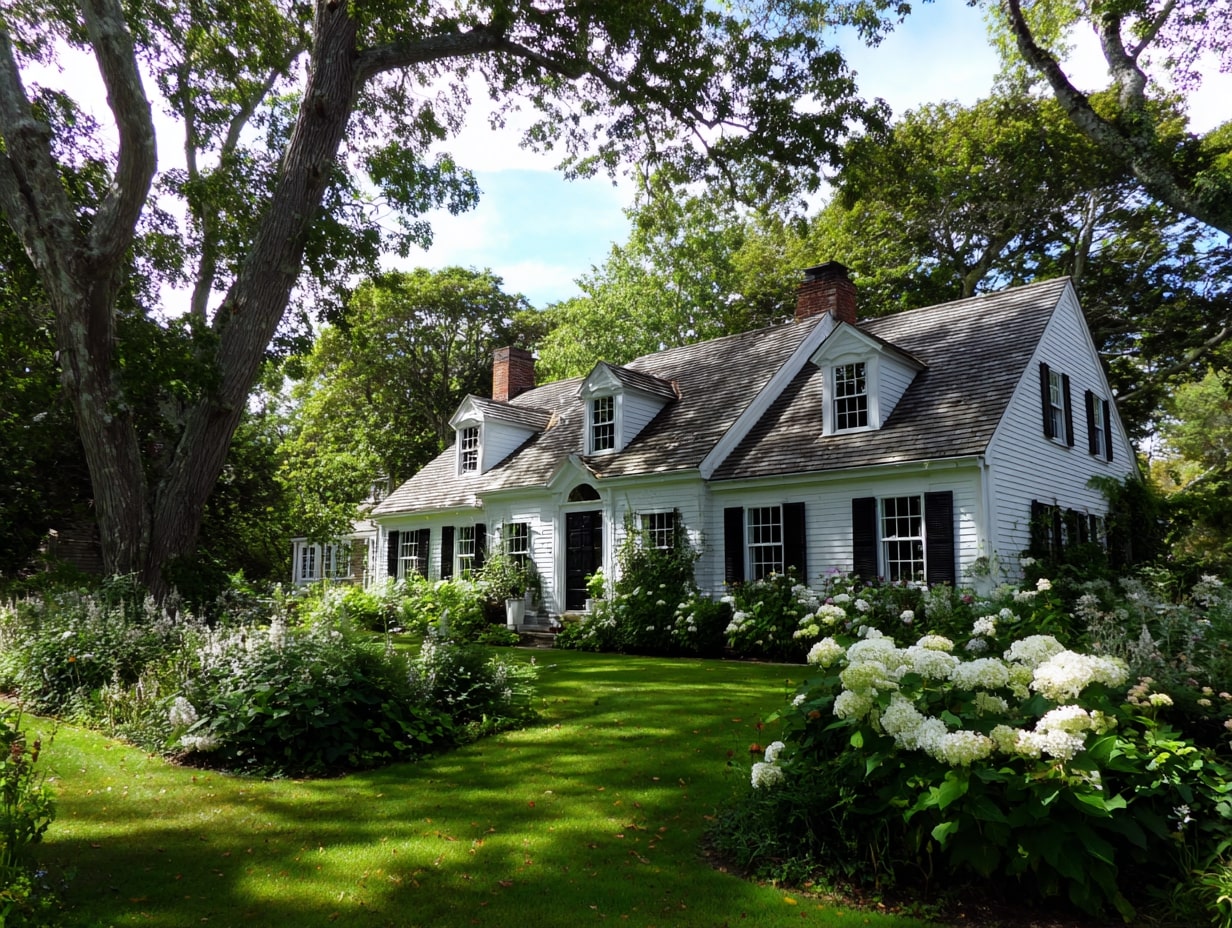- Home
- Articles
- Architectural Portfolio
- Architectral Presentation
- Inspirational Stories
- Architecture News
- Visualization
- BIM Industry
- Facade Design
- Parametric Design
- Career
- Landscape Architecture
- Construction
- Artificial Intelligence
- Sketching
- Design Softwares
- Diagrams
- Writing
- Architectural Tips
- Sustainability
- Courses
- Concept
- Technology
- History & Heritage
- Future of Architecture
- Guides & How-To
- Art & Culture
- Projects
- Interior Design
- Competitions
- Jobs
- Store
- Tools
- More
- Home
- Articles
- Architectural Portfolio
- Architectral Presentation
- Inspirational Stories
- Architecture News
- Visualization
- BIM Industry
- Facade Design
- Parametric Design
- Career
- Landscape Architecture
- Construction
- Artificial Intelligence
- Sketching
- Design Softwares
- Diagrams
- Writing
- Architectural Tips
- Sustainability
- Courses
- Concept
- Technology
- History & Heritage
- Future of Architecture
- Guides & How-To
- Art & Culture
- Projects
- Interior Design
- Competitions
- Jobs
- Store
- Tools
- More
How to Protect Vinyl Flooring from Heavy Furniture

Vinyl flooring is a favorite among homeowners for its durability, ease of maintenance, and cost-effectiveness. However, when it comes to heavy furniture, vinyl can be prone to scratches, dents, and even tears. Protecting your vinyl floor from the weight of your furniture is essential for keeping it looking good and lasting longer. At Elmwood Flooring, we know how important it is to maintain your flooring’s pristine condition. Here’s a practical guide to help you protect your vinyl flooring from heavy furniture and ensure it stays in great shape for years to come.
Table of Contents
Toggle1. Use Furniture Pads and Protectors
One of the simplest ways to safeguard your vinyl flooring is by using furniture pads or protectors. These small, felt or rubber pads adhere to the bottom of furniture legs, providing a cushioning barrier between the furniture and the floor. This cushioning helps to distribute the weight more evenly and minimizes the risk of indentations and scratches. It’s important to regularly check and replace these pads, as they can wear down over time. Maintaining fresh pads ensures ongoing protection for your vinyl flooring and preserves its appearance.
2. Invest in Furniture Coasters
For heavy furniture like large sofas or dining tables, furniture coasters are an excellent investment. These coasters, often made from rubber or plastic, support the weight of the furniture while preventing direct contact with the vinyl floor. By elevating the furniture slightly, coasters help distribute weight more evenly, reducing the risk of dents and scratches. They are particularly useful for items that are frequently moved or adjusted. Choose coasters that are appropriately sized for your furniture to ensure optimal protection for your vinyl flooring.
3. Avoid Dragging Furniture
Dragging heavy furniture across vinyl flooring can cause severe damage, such as scratches and tears. To avoid this, always lift furniture when moving it, or use furniture sliders. Sliders are small, smooth discs that are placed under each piece of furniture, allowing you to slide it with ease without harming the floor. Available in various sizes and materials, sliders help distribute the weight and minimize friction. Ensure you choose sliders that are compatible with both your furniture and flooring to protect your vinyl effectively.

4. Protect with Area Rugs or Mats
Using area rugs or mats under heavy furniture is an effective way to protect vinyl flooring. Not only do rugs and mats add a decorative touch to your space, but they also act as a protective layer between the furniture and the floor. Opt for rugs or mats with non-slip backing to prevent them from shifting, which could cause tripping hazards. This simple solution can help absorb pressure and prevent potential damage to your vinyl flooring, keeping it looking pristine for longer.
5. Keep Floors Clean and Free of Debris
Regular cleaning is crucial for maintaining vinyl flooring, especially when it comes to protecting it from damage caused by debris. Dirt, dust, and small particles can act like abrasives, scratching the surface as they are moved around. To avoid this, use a vacuum or broom with soft bristles to remove loose debris. Follow up with a damp mop and a mild floor cleaner to ensure your vinyl floors are spotless. Keeping your floors clean will help preserve their appearance and prevent damage from accumulated debris.
6. Check and Maintain Furniture Legs
Regularly inspecting and maintaining the legs of your furniture is essential for protecting vinyl flooring. Wooden or metal furniture legs with sharp or rough edges can easily scratch or dent your floor. If you find any sharp edges, smooth them out by sanding or adding protective caps. These caps can be applied to the bottom of the legs to prevent direct contact with the floor. Regular maintenance of furniture legs helps ensure that they do not cause any harm to your vinyl flooring.
7. Consider Floor Protectors for Moving Furniture
When rearranging furniture frequently, consider using specialized floor protectors designed for moving. These protectors are typically larger and more robust than regular furniture pads, providing enhanced protection for your vinyl flooring. They help distribute the weight of the furniture more evenly and minimize the risk of damage during the moving process. Using these protectors can make it easier to reposition heavy items while ensuring your vinyl flooring remains in excellent condition, regardless of your floor plans.
8. Apply a Vinyl Floor Sealant
To further protect your vinyl flooring, consider applying a vinyl floor sealant. Whether you choose to visit this flooring company or another, selecting high-quality materials and expert installation can make a significant difference in durability and aesthetics. A sealant creates an additional layer of protection against scratches, stains, and general wear and tear. Follow the manufacturer’s instructions for proper application, including any necessary preparation and drying times. Once applied, the sealant will help shield your vinyl floor from potential damage caused by heavy furniture and everyday use. Ensure you allow the sealant to fully cure before placing furniture back in its place to achieve the best results.
At Elmwood Flooring, we’re committed to helping you preserve the beauty and functionality of your vinyl flooring for years to come. By implementing proactive measures, such as using furniture pads or placing area rugs, you can effectively protect your floor from the impact of heavy furniture and maintain its pristine condition. Should you encounter any damage, our expert services for repairing vinyl plank flooring ensure that any issues are addressed promptly, restoring your floor’s original look and preventing further problems.
illustrarch is your daily dose of architecture. Leading community designed for all lovers of illustration and #drawing.
Submit your architectural projects
Follow these steps for submission your project. Submission FormLatest Posts
Useful Tips for Planning A Backyard Layout That Feels Spacious
Creating a backyard that feels spacious can transform your outdoor experience, making...
American Architecture Styles That Shaped a Nation
Explore American architecture styles from Colonial to modern—key features, icons, and timelines...
How Environmental Planning Shapes Modern Architecture in Houston
Houston does not design buildings in a vacuum. Every structure rises inside...
Smart Steps for Repairing Your Garage
Keeping your garage safe and reliable is mostly about steady habits and...












Leave a comment